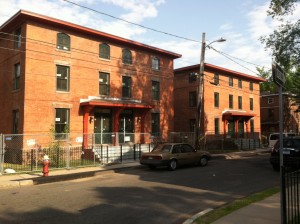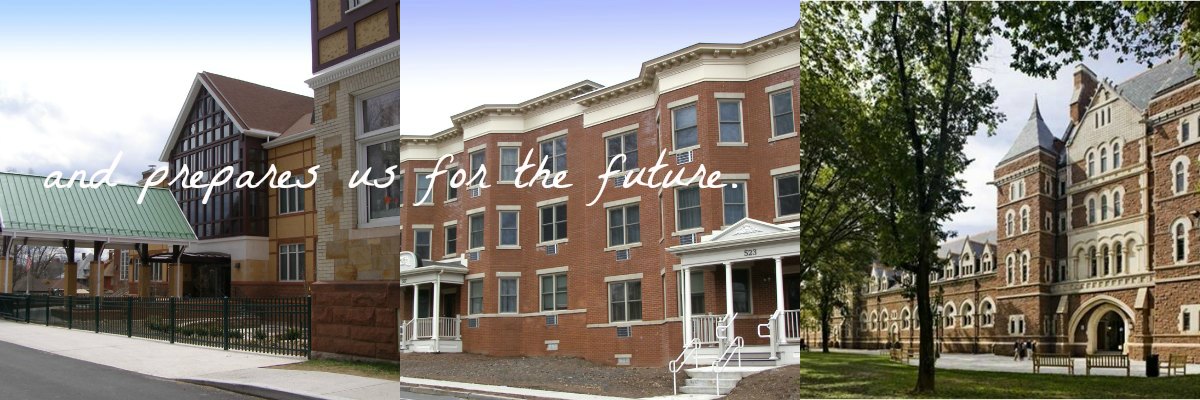This past Saturday I shared the stage at the Hartford Public Library with some very good and interesting thinkers who participated in the daylong event known as TEDx Bushnell Park. Organized by a local entrepreneur Steve Yannicke, the tag line for the website is “ideas worth spreading” and I was asked to talk about the relevance of historic preservation in Hartford. Over the course of several days I was introduced to some amazing people with very interesting ideas and concerns. For anyone with the least bit of curiosity about what impacts their lives, this worldwide forum presents ideas, challenges and solutions which will simply expand horizons. The local initiative was truly inspirational.
The block of speakers to which I was attached fell under the title Redrawing the Cityscape. I joined David Panagore, urban consultant, who spoke of “Why Streets Matter, Why They Need To Be Complete;” David Fink, policy director, Partnership for Strong Communities, who spoke on “Why Mixed Income Housing?;” and my topic “Historic Preservation: The Foundation for Community Economic Development.” The message I have been articulating is that historic preservation should not be viewed as the preserve of the upper-income folks but that it represents the “foundation” upon which communities can create or recreate a true sense of them.
 I spoke of attending an open house last week which celebrated the historic rehabilitation of two houses on 47-49 Wolcott Street. These twin duplexes were built in the 1860’s. Now restored they will become homeownership opportunities for low- and moderate-income families in a neighborhood which is in great need to celebrate a new sense of pride. Each of the former townhouses has now been subdivided into one two-bedroom unit and one one-bedroom. The intent is that the smaller unit might be rented to generate income to help pay the mortgage. This is a simple solution to creating homeownership and to making housing affordable and yet preserving the historic home. In their remarks Mayor Pedro Segarra, Jim Jones, president of Trinity College and Marty Gavin CEO of the Children’s Medical Center all referred to the historic significance of these two buildings. They were new when Abraham Lincoln visited Hartford to voice his anti-slavery message and met Harriett Beecher Stowe at the same time. It is efforts of organizations such as Southside Institutions Neighborhood Alliance (SINA) which do the difficult work to bring about this sort of community revitalization. It represents the future of historic preservation work – linking arms with community development which can continue to make Hartford a “livable “ city.
I spoke of attending an open house last week which celebrated the historic rehabilitation of two houses on 47-49 Wolcott Street. These twin duplexes were built in the 1860’s. Now restored they will become homeownership opportunities for low- and moderate-income families in a neighborhood which is in great need to celebrate a new sense of pride. Each of the former townhouses has now been subdivided into one two-bedroom unit and one one-bedroom. The intent is that the smaller unit might be rented to generate income to help pay the mortgage. This is a simple solution to creating homeownership and to making housing affordable and yet preserving the historic home. In their remarks Mayor Pedro Segarra, Jim Jones, president of Trinity College and Marty Gavin CEO of the Children’s Medical Center all referred to the historic significance of these two buildings. They were new when Abraham Lincoln visited Hartford to voice his anti-slavery message and met Harriett Beecher Stowe at the same time. It is efforts of organizations such as Southside Institutions Neighborhood Alliance (SINA) which do the difficult work to bring about this sort of community revitalization. It represents the future of historic preservation work – linking arms with community development which can continue to make Hartford a “livable “ city.






